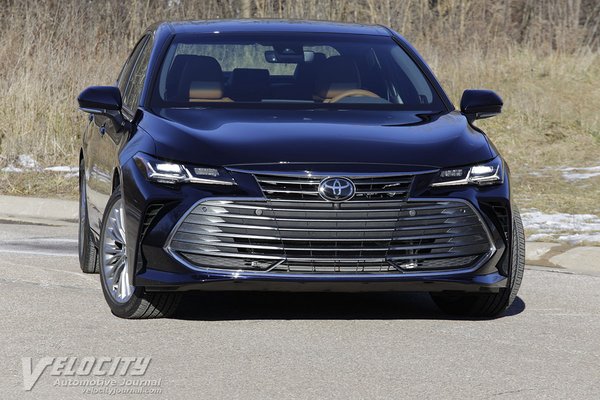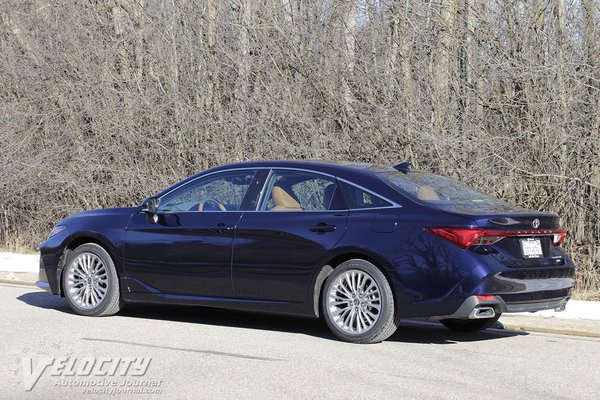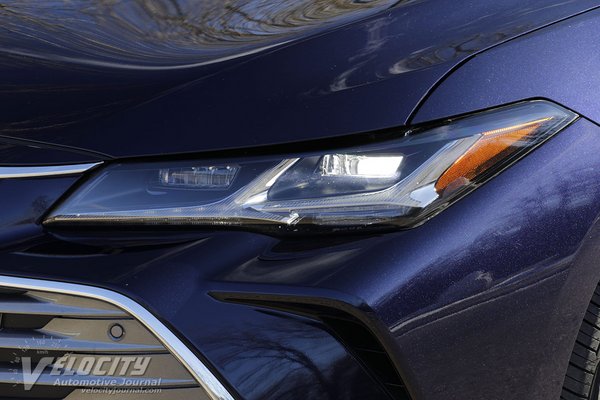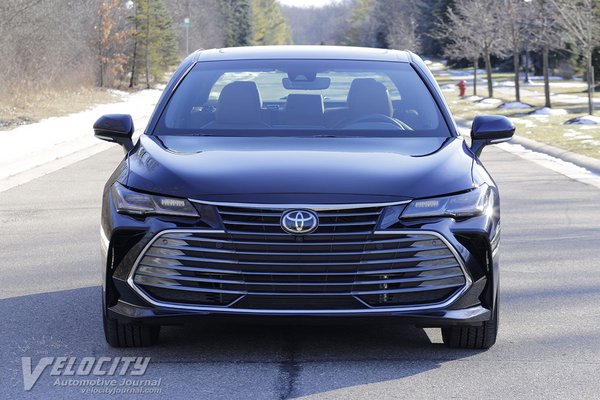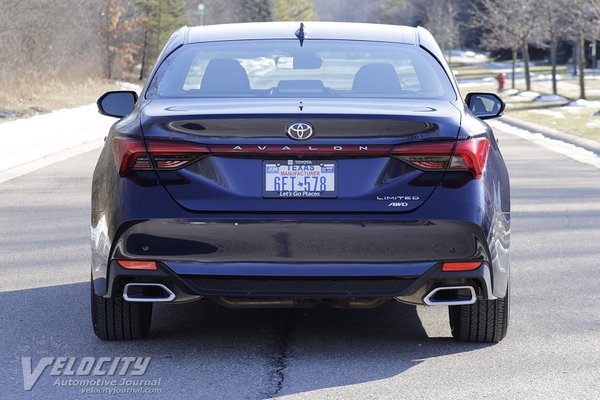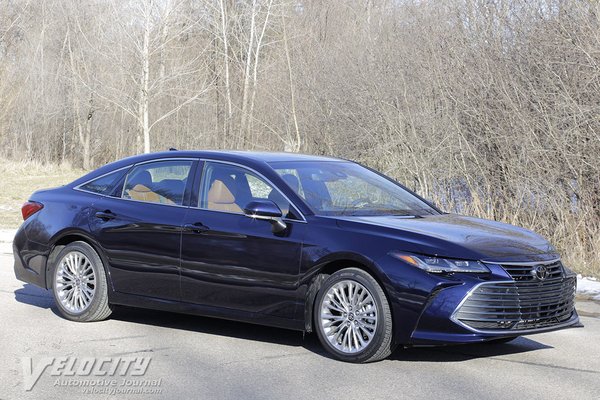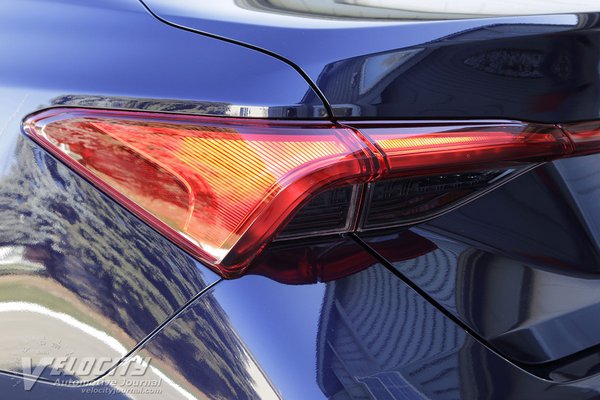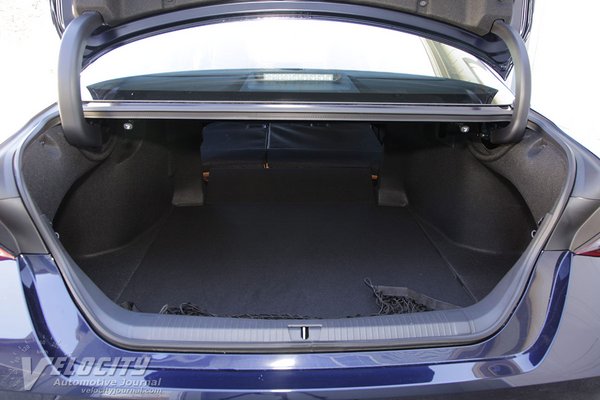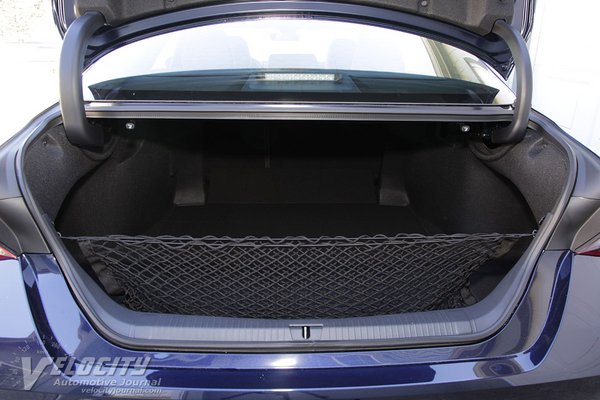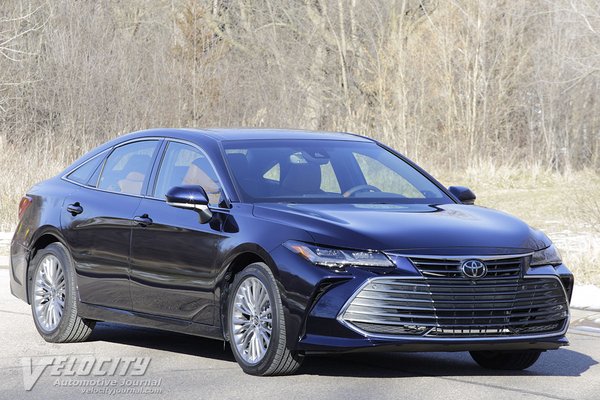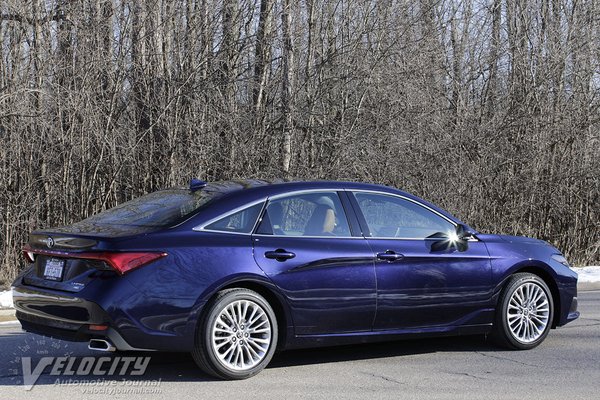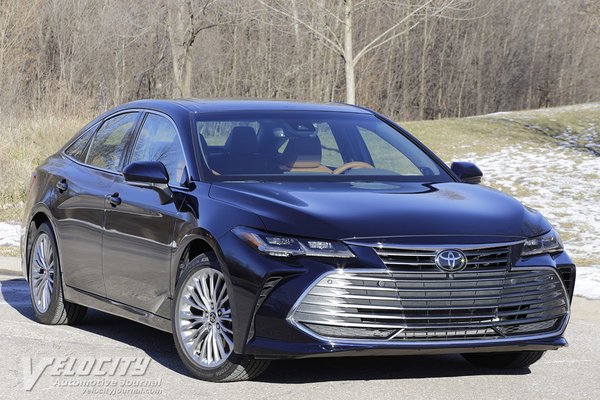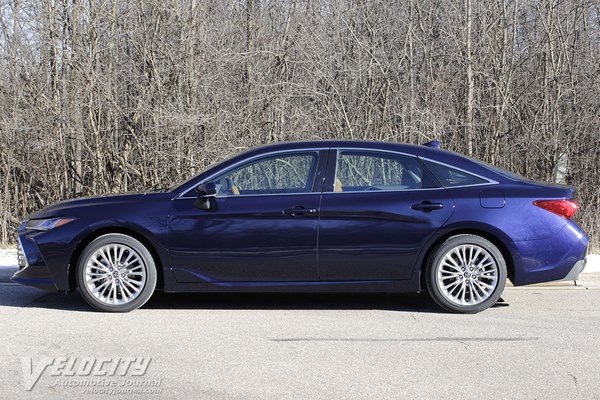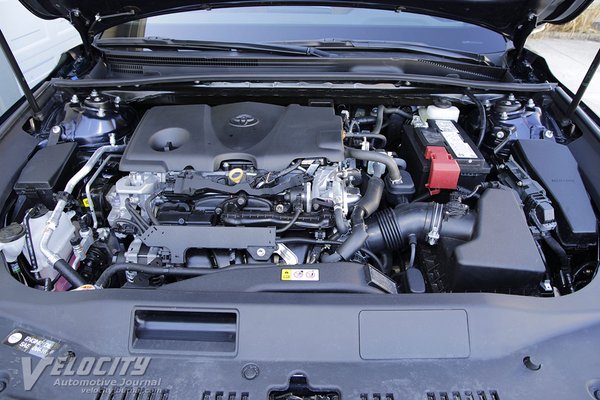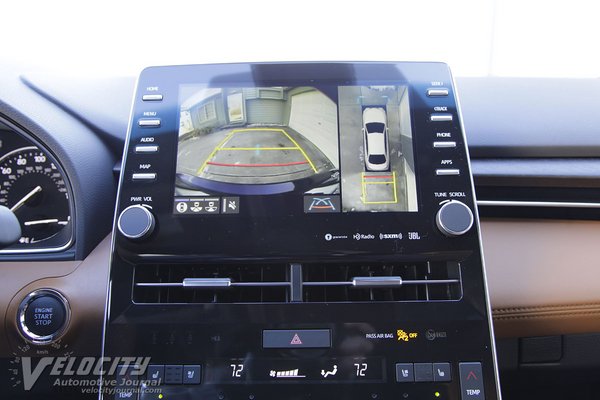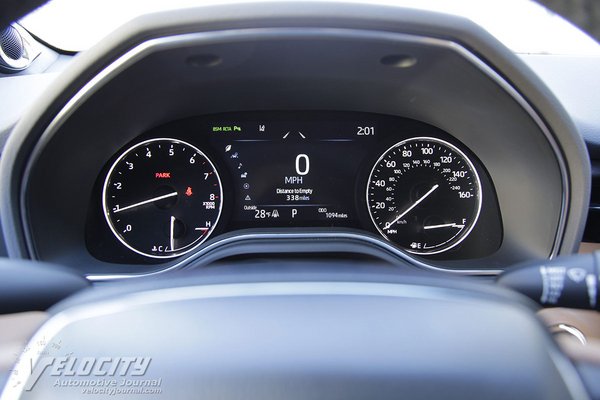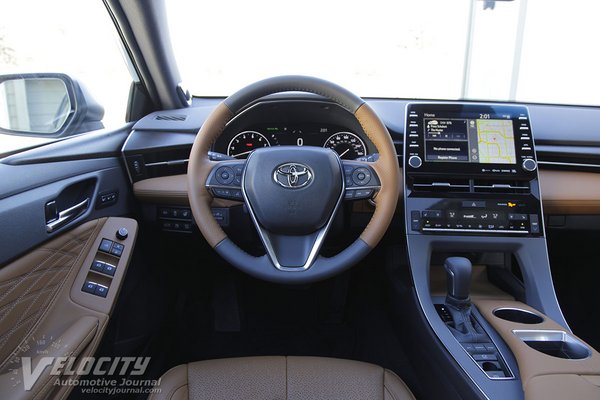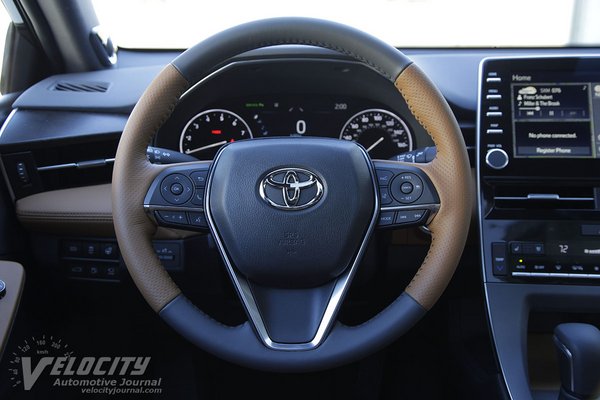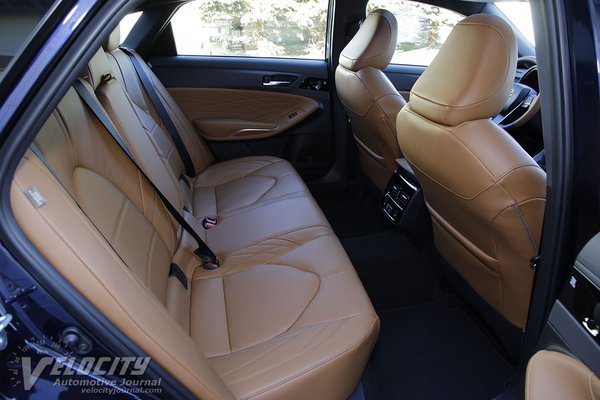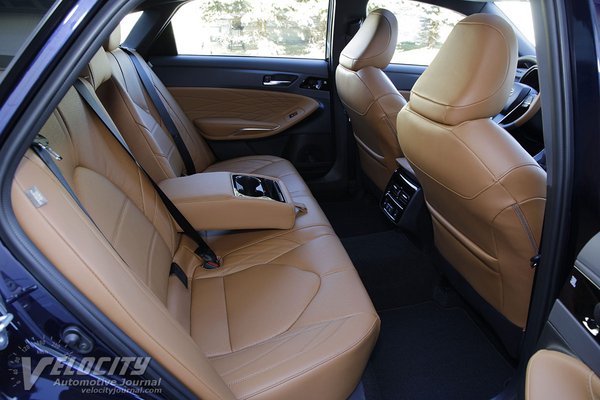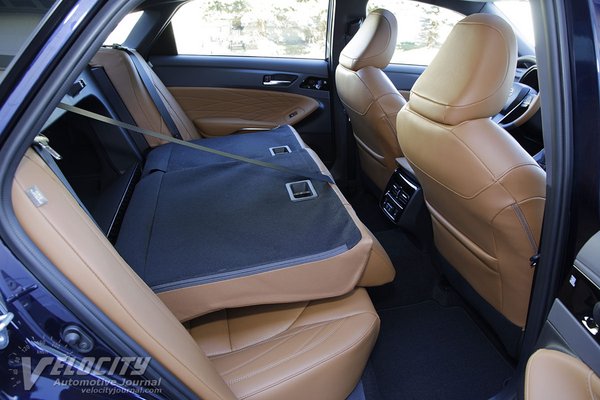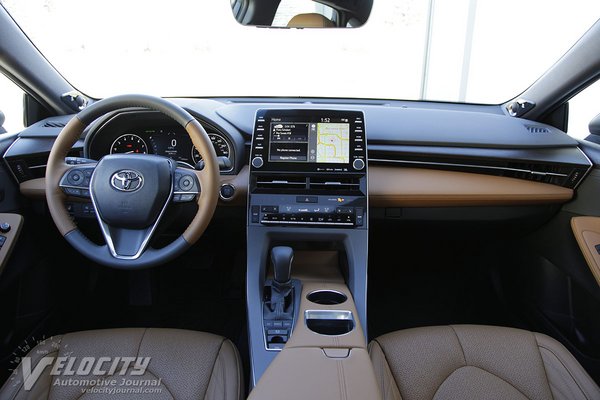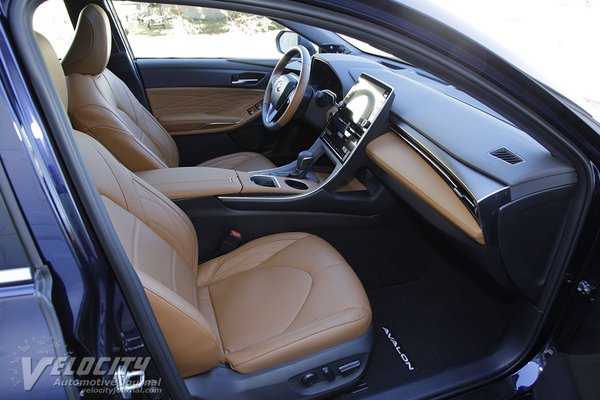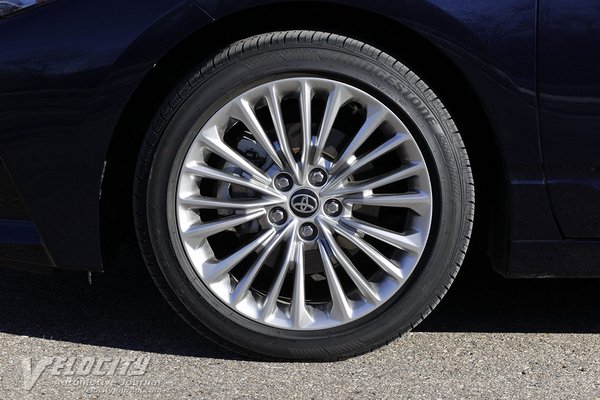2021 Toyota Avalon Limited AWD Review
06/15/2021
Shahed Hussain
The Avalon has been at the apex of Toyota's sedan lineup for over 25 years, occupying a narrow niche between the Camry and the Lexus ES. Redesigned in 2019, Toyota refocused on driving dynamics to distinguish the Avalon from its Lexus sibling. In a shrinking premium sedan segment, the Avalon competes against the Nissan Maxima, Acura TLX, and Chrysler 300. Until 2021, all Avalons had been front-wheel drive, but AWD is now available in exclusively in North America.
Toyota has expanded the Avalon range to eight models, starting with the XLE ($36,125) and up to the Limited Hybrid ($43,425). The XSE and TRD are aimed at enthusiasts, while the luxury-oriented Touring and Limited are intended for the traditional Avalon customer. Powertrain choices consist of a 2.5L inline-4, 3.5L V-6 and 2.5L/hybrid. All-wheel drive is offered in the XLE and Limited, combined with the 2.5L engine.
We tested an Avalon Limited AWD ($42,175), lightly optioned with only the Advanced Safety Package ($1,150), and illuminated door sills ($379). The total MSRP plus delivery fee ($995) added up to $44,699. Note that the base price of the Avalon Limited AWD has risen slightly to $42,425. Base prices for the Limited and Limited AWD are identical. Significant standard equipment includes a 7-in. touchscreen, head-up display, navigation, JBL 14-speaker audio system, Android Auto, Apple CarPlay, leather seats (heated/ventilated in front, heated in rear), power driver and passenger front seats, heated leather-wrapped steering wheel, moonroof, and LED headlights. Safety technologies consist of rearview camera, pedestrian detection, dynamic radar cruise control, lane departure alert w/steering assist, blind spot monitor, and rear cross-traffic alert.
Toyota fits a 2.5L inline-4 under the hood of Limited AWD, but the front-drive Limited gets the 301-hp 3.5L V-6. Both engines are coupled to an 8-speed automatic. The all-aluminum inline-4 has double-overhead cams, direct and port fuel injection (D4S), plus variable valve-timing (VVT-i). Rated at 205-hp @ 6,600 RPM and 185 lb.-ft @ 4,600 RPM, the 2.5L in the Avalon gives up 50-100 hp compared to the turbocharged and six-cylinder powerplants in other competitors. The 8-speed automatic is geared for fuel efficiency: seventh (0.808:1) and eighth (0.673:1) are overdrive. Interestingly, the Avalon's front and rear axle ratios differ: 3.177:1 (front) vs. 2.277:1 (rear). Toyota's Dynamic Torque Control system channels up to 50% of engine torque to the rear wheels from a standing start, or if front wheel slip is detected. An electromagnetic coupling engages or disengages the propshaft to the rear axle automatically. Fuel consumption is estimated at 25/34 MPG (city/hwy.). We averaged 20-27 MPG in mixed urban and highway driving, probably due to chilly January temperatures.
Based on Toyota's TNGA platform (same as the Camry), the Avalon shares a similar suspension design. In front are MacPherson struts, coil springs and a stabilizer bar. At the rear is a multi-link setup with coil spring and a stabilizer bar. Adaptive dampers are exclusive to the Touring and TRD. All-wheel drive models are fitted with larger vented discs (12.0 in. dia. rotors) in front and solid discs (11.6 in. dia. rotors) at the rear. The Avalon Limited gets 18-in. diameter alloy wheels and P235/40R18 Bridgestone Turanza EL440 all-season tires. Other Avalon models have 17-in. (XLE) or 19-in. (XSE Nightshade, Touring, TRD) diameter alloy wheels. Steering is a rack-and-pinion setup with electric power-assist. Curb weight ranges from 3,570 lbs. (XLE) to 3,715 lbs. (Touring). The Avalon Limited AWD weighs in at 3,705 lbs.
Our test vehicle had a black/cognac (brown) interior with dark wood dash trim (exclusive to the Limited). Attractive matte and textured aluminum add contrast to the interior. Both driver and front passenger seats have 8-way power adjustment and 4-way lumbar support. We found the front seats to be exceptionally comfortable with excellent lateral support. Front headroom is acceptable, but occupants taller than 6 ft. will need to recline the seat for clearance. Rear passengers benefit from above average legroom, but only occupants shorter than 6 ft. would consider headroom adequate; the center position is best suited for children due to the constricted headroom and rigid seatback. Amenities for rear seat passengers include dual vents, seat heaters, and two USB charging ports. The 60/40-split rear seats fold down for added cargo capacity.
Although some competitors are switching to fully electronic displays, Toyota kept an analog tachometer and speedometer complemented by smaller dials for fuel and coolant temperature. A multifunction digital display can be configured to show various vehicle settings. The leather-wrapped steering wheel houses secondary audio, phone and cruise control buttons. Paddles behind the steering wheel enable gear shifts on demand. The dash-mounted touchscreen controls the infotainment system; buttons next to the screen allow quick access to frequently used functions. We appreciated the convenient knobs for audio and radio tuning. The climate control also uses pushbuttons for temperature and ventilation settings. A 12V power outlet is located under the climate controls. A Qi charging pad in the center console storage bin allows wireless mobile phone recharging. Behind the console shift lever are buttons to adjust powertrain modes (Eco, Normal, Sport).
Although turbo inline fours are becoming common in midsize and large sedans, Toyota continues to use normally aspirated powerplants in the Avalon. The 2.5L delivers acceptable thrust at low and midrange RPM, aided by the seamless shifts of the 8-speed automatic. Engine noise is subdued except near the 6,600 RPM power peak where the buzz from the inline-4 reminded us how much we preferred the Avalon's flawless V-6. We left the powertrain mode in Normal and tapped the paddle shifters as necessary. Occasionally we used the console shifter in manual mode, but in most driving conditions the shift programming selects the right gear. The all-disc brakes ensure quick, sure stops with a firm, progressive pedal. At highway speeds, road and tire noise are insignificant, contributing to the Avalon's strength as a superb highway cruiser for extended road trips.
Toyota endowed the Avalon with an impressive balance of ride and handling, due to diligent suspension tuning. Body motions are tightly controlled, but the suspension absorbs potholes and cracked pavement with ease. The Avalon's steering is communicative and tuned for moderate assist. Although the Limited doesn't aim to be a sport sedan, we were pleased with its quick steering response, minimal body roll and mild understeer. The Bridgestone Turanzas squealed under hard cornering, as expected for touring tires. We were disappointed that the Turanzas also had unimpressive traction in light snow, but this is also a general weakness of these tires.
As large sedans have disappeared from the market, Toyota has broadened the Avalon model range to draw in customers abandoned by other brands. The addition of all-wheel drive widens its appeal in the northern US, but the AWD Avalon deserves the V-6. Given that the six-cylinder Avalon Limited is essentially the same price, we would give up all-wheel drive to get the superb V-6. Toyota estimates that up to 20 percent of buyers will opt for AWD, so for these customers this Avalon is for you.

